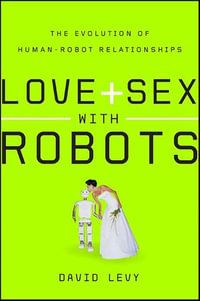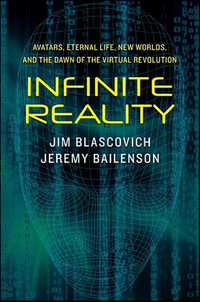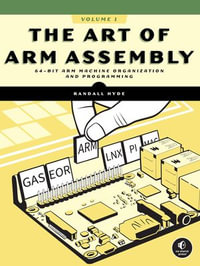
eTEXT
At a Glance
eText
$119.00
or
Instant online reading in your Booktopia eTextbook Library *
Read online on
Desktop
Tablet
Mobile
Not downloadable to your eReader or an app
Why choose an eTextbook?
Instant Access *
Purchase and read your book immediately
Read Aloud
Listen and follow along as Bookshelf reads to you
Study Tools
Built-in study tools like highlights and more
* eTextbooks are not downloadable to your eReader or an app and can be accessed via web browsers only. You must be connected to the internet and have no technical issues with your device or browser that could prevent the eTextbook from operating.
ISBN: 9783540929543
ISBN-10: 3540929541
Published: 18th June 2009
Format: PDF
Language: English
Publisher: Springer Nature
You Can Find This eBook In
Non-FictionComputing & I.T.Computer Programming & Software DevelopmentBusiness ApplicationsMathematical & Statistical SoftwareMathematicsCalculus & Mathematical AnalysisReference, Information & Interdisciplinary SubjectsResearch & InformationInformation theoryCybernetics & Systems TheoryEngineering & Technology
This product is categorised by
- Non-FictionComputing & I.T.Computer Programming & Software Development
- Non-FictionComputing & I.T.Business ApplicationsMathematical & Statistical Software
- Non-FictionMathematicsCalculus & Mathematical Analysis
- Non-FictionReference, Information & Interdisciplinary SubjectsResearch & InformationInformation theoryCybernetics & Systems Theory
- Non-FictionEngineering & TechnologyTechnology in General
- Non-FictionEngineering & TechnologyElectronics & Communications EngineeringElectronics Engineering
- Non-FictionEngineering & TechnologyElectronics & Communications EngineeringCommunications Engineering & Telecommunications























